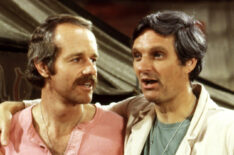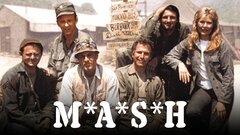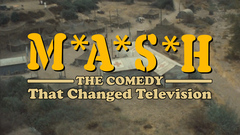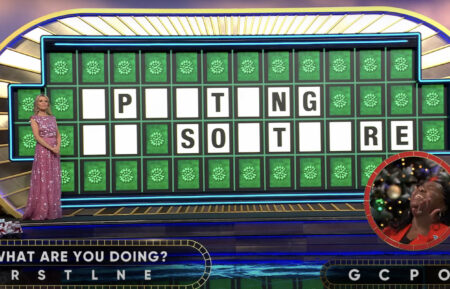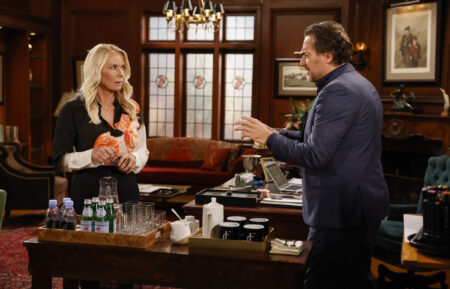M*A*S*H: 8 Things We Learned from Fox Reunion Special
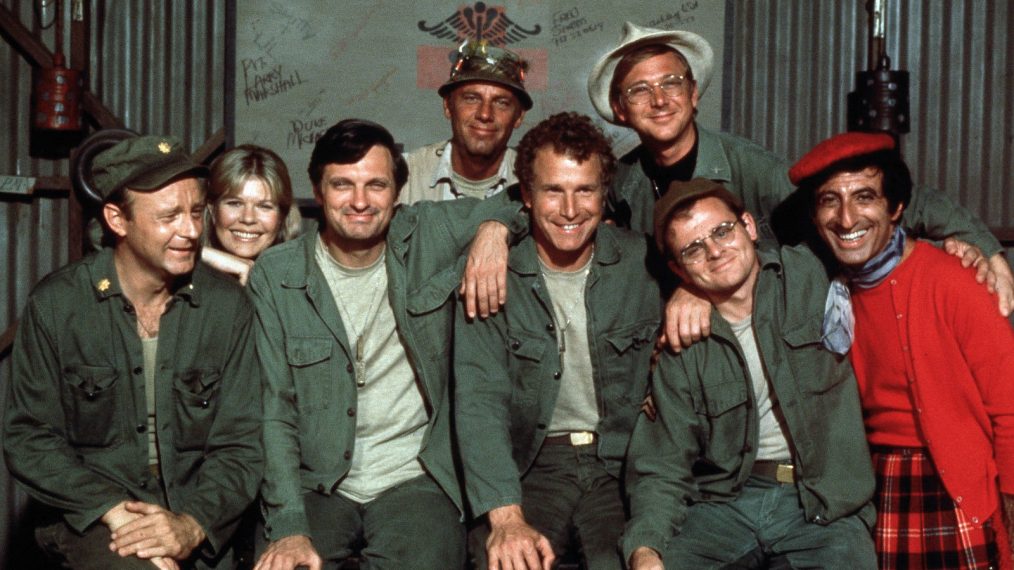
Long before streaming, DVRs, and even the popularity of VCRs, there were certain shows considered appointment television. Perhaps no other series fits the description more than M*A*S*H. Fox celebrated the landmark sitcom with M*A*S*H: The Comedy That Changed Television, a reunion special executive-produced by John Scheinfeld and Andy Kaplan. The two-hour show delved into what made the beloved series about the 4077th Medical Corps on the front lines of the Korean War strike such a cord.
Many of the stars and important figures from M*A*S*H reflect on its historic 11-season run, 40 years after the series finale, still the most-watched telecast in history. Among them Alan Alda (Capt. Benjamin Franklin “Hawkeye” Pierce), Gary Burghoff (Cpl. Walter “Radar” O’Reilly), William Christopher (Father Francis Mulcahy), Jamie Farr (Cpl./Sgt. Maxwell Q. “Max” Klinger), Mike Farrell (Capt. B.J. Hunnicutt), Wayne Rogers (Capt. “Trapper” John McIntyre) and Loretta Swit (Maj. Margaret “Hot Lips” Houlihan) and series executive producers Gene Reynolds and Burt Metcalfe.
Their accounts and insights were complemented by clips and archival interviews from those including writer/producer Larry Gelbart, Larry Linville (Maj. Frank Burns), Harry Morgan (Col. Sherman T. Potter), McLean Stevenson (Lt. Col. Henry Blake), and David Ogden Stiers (Maj. Charles Emerson Winchester III). This glorious trip down memory lane touched on the characters and stories that made M*A*S*H a cultural phenomenon. Here are eight things new and old fans learned from the special.
How M*A*S*H Was Born From a Book & Movie
The roots of M*A*S*H can be traced first to a book called “MASH: A Novel About Three Army Doctors” written by Richard Hooker, who served as a military surgeon. The 1968 release helped inspire the M*A*S*H film around two years later, which was a box office and critical smash. Gene Reynolds and other creative folks were brought in by 20th Century Fox to shoot a pilot about a little hospital that saved lives in the middle of the war. Elements like locale and sets were much the same, but the show found its own personality in the cast of characters. And the rest is television history.
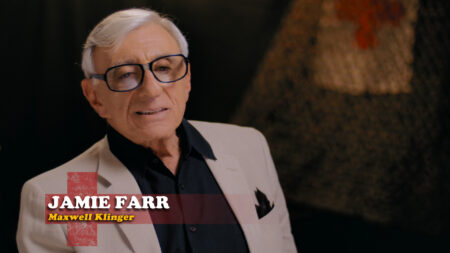
It Wasn’t an Immediate Hit
It’s hard to believe M*A*S*H wasn’t a massive success right out of the gate when it hit the airwaves on September 17, 1972, but that was not the case. Larry Gilbert wrote the script for the pilot, which along with the subsequent episodes, were given high praise. However, it faced stiff competition Sunday nights at 8 p.m. on CBS. Numbers fluctuated in the ratings between 40th and 50th place. That changed when the show was moved to 8:30 p.m. on Saturdays thanks to a strong lineup including All In the Family.
Alan Alda Made Changes to ‘Hawkeye’
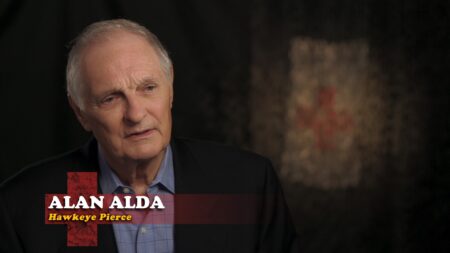
Alan Alda recalled being at the Utah State Prison making a movie when he was sent the M*A*S*H script. He called it the best script for a pilot he ever read. Production had tested six or seven actors to play Hawkeye Pierce. In addition to all the hijinks combined with the fact he may drink too much, and was a womanizer, Alda wanted more from the character. He was reassured that the doctor’s humanitarian side would also be at the forefront. Not to mention a realness to the situations the characters overall faced. Alda went on to win five Emmys as part of the show.
Loretta Swit Fought For ‘Hot Lips’
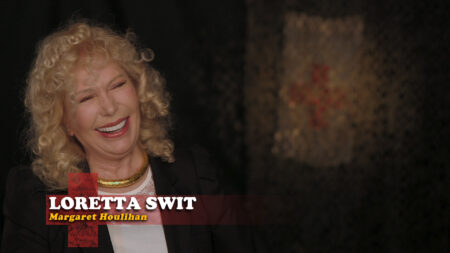
FOX Loretta Swit more than held her own in the role of head nurse Margaret Houlihan. During the special, she spoke about the onscreen affair between “Hot Lips” and Larry Linville’s Maj. Frank Burns. The actress wanted to see more going on than hooking up with a married man and fought for what she thought was the integrity of her character. Swit was relentless in wanting to see more layers as a real woman and an overall maturation.
More Than A Comedy
M*A*S*H was known for its laugh-out-loud comedy, but its critical acclaim also comes from how it tackles some serious material. The dramatic aspects of the series serve as a sobering reminder that the crew is living and caring for others in a war zone. The special looks back at the milestone episode called “Sometimes You Hear the Bullet” where Hawkeye reconnects with his friend, Tommy, a freelance journalist working on a book about experiences on the front line. He ends up getting killed, which marks the first time that has happened to a character on the show. Executives told the production team they ruined the show. Despite the backlash, the episode showed they could be a dramedy and bring some powerful storytelling forward, which became a true trademark.
Henry Blake’s Fate Kept Secret
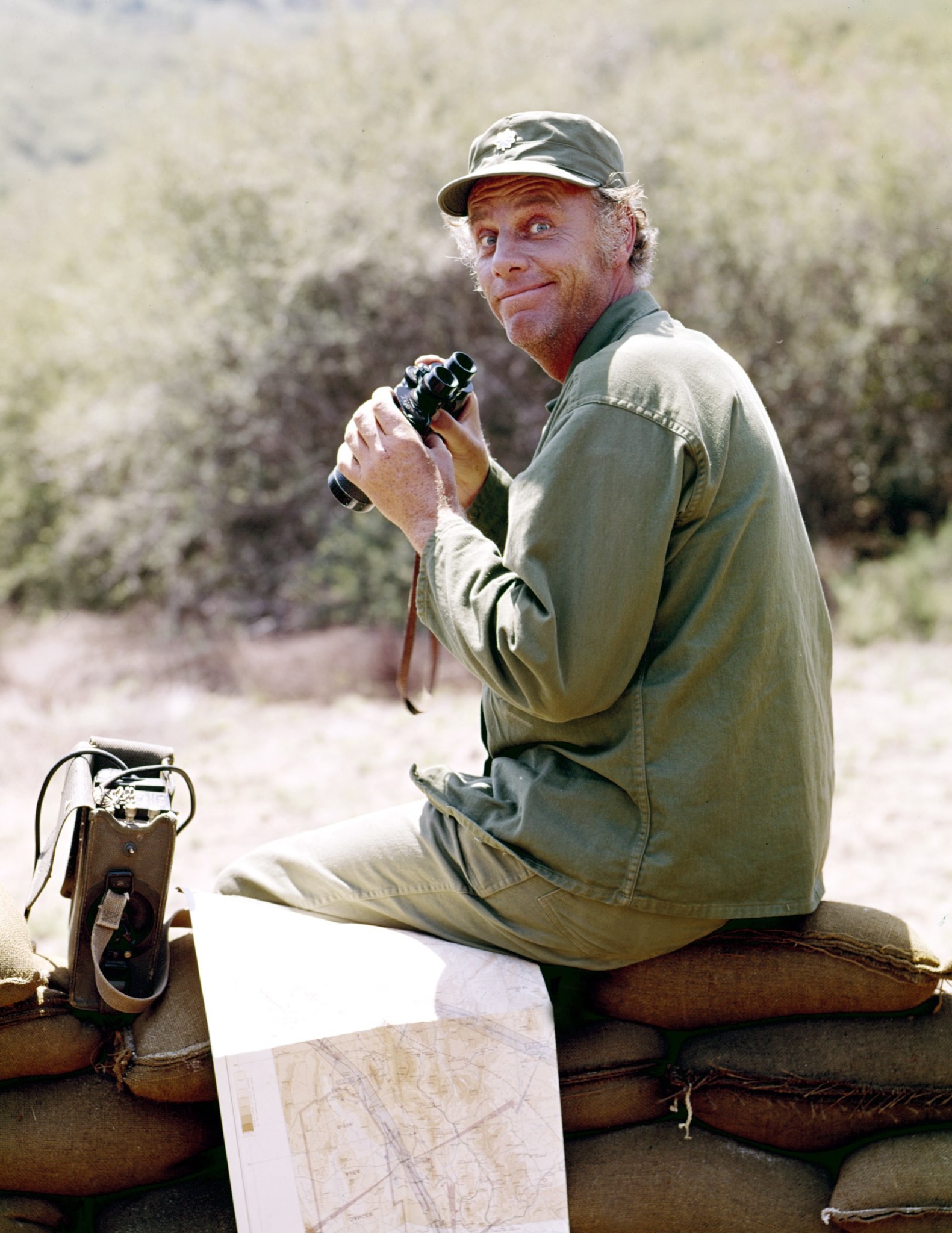
MASH, McLean Stevenson, 1972-1983, TM & Copyright (c) 20th Century Fox Film Corp. All rights reserved.
McLean Stevenson’s decision to exit the series during the third season was a blow for the show. The fate of his character Lt. Colonel. Henry Blake made it even harder. Gary Burghoff told the story of being in the dressing room where he and Stevenson were given a page from Larry Gelbert of what would happen to him. It was kept hush-hush from the cast that Blake would be killed after his plane was shot down after leaving the base. The powers-that-be’s move shocked viewers and cast alike. The angry letters were an example of how much viewers cared for the characters. Needless to say, M*A*S*H soldiered on.
Sherman Potter Wasn’t Henry Morgan’s First M*A*S*H Role
Fans of the show know Henry Morgan playing the fan-favorite Col. Sherman T. Potter, who came in after Stevenson left. Potter was a career Army officer who was firm yet good-humored, a caring father figure to those under his command. Potter went on to win an Emmy for the role in 1980 and even took the character into the spinoff AfterMASH. However, it wasn’t the first time the actor appeared in M*A*S*H. Morgan appeared in one episode of the third season titled “The General Flipped at Dawn” as Maj. Gen Bartford Hamilton Steele. The performance was enough to keep his name out there for the future.
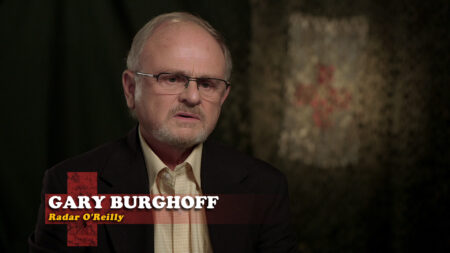
Why did ‘Radar’ Gary Burghoff leave the show?
It was no doubt a big hit to the heart and soul of the show with the exit of Gary Burghoff, who played Cpl. Walter “Radar” O’Reilly. He was not only on eight seasons but is the only carryover from the movie. Given the popularity, why leave then? Burghoff opened up about the decision saying his contract expired and decided not to renew. The actor felt at the time it was a moment to step back and grow as a human being. Interestingly, enough we almost saw “Radar” again had the pilot W*A*L*T*E*R in 1984 been picked up.

